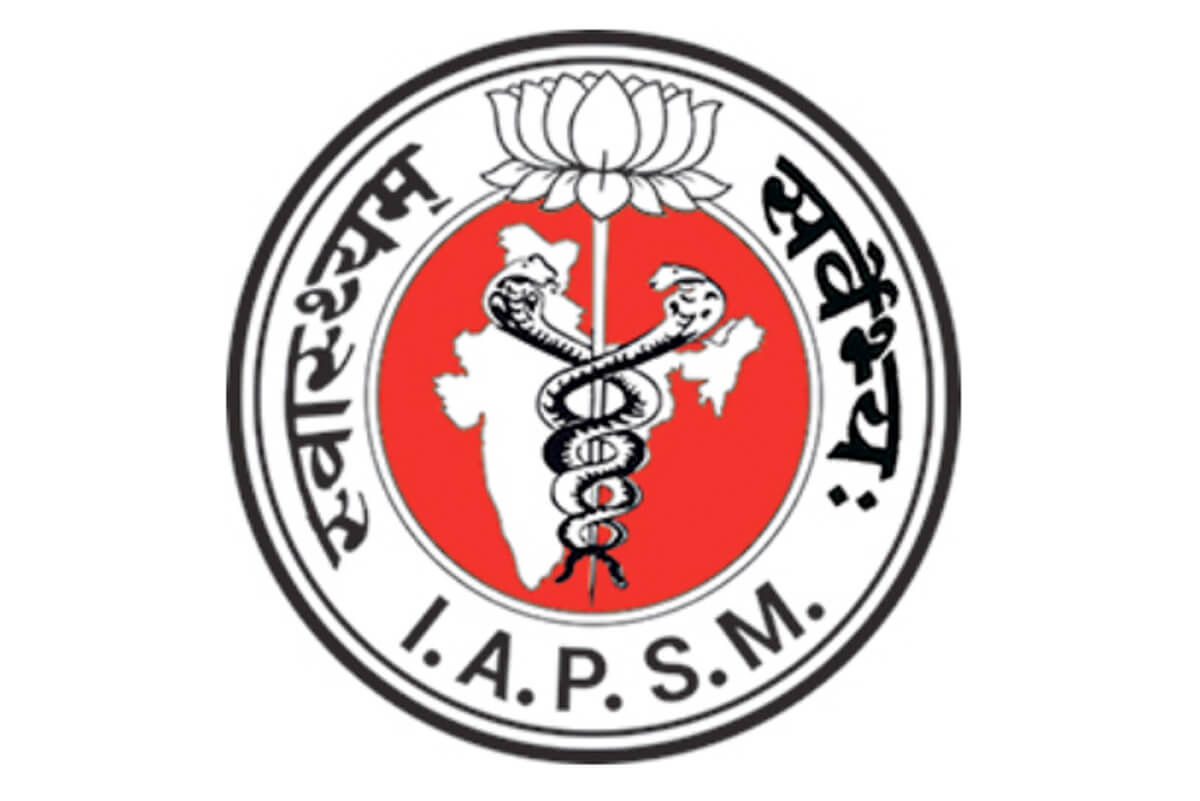
by Priyanka Yadav, Gajendra S Meena, Rajesh Kumar, Nandini Sharma
Indian Journal of Community Medicine 2025;50(1):147-53. Published 23-01-25. Open access.
Abstract:
Background: Abortions in India are increasing despite the laws to legalize them. Many abortions are conducted through unsafe practices and are underreported. To determine the prevalence of abortions in women of a reproductive age group in a rural area of Delhi and to determine associated factors.
Methodology: A cross‑sectional study was conducted among married women in the reproductive age group residing in Barwala village, Delhi/NCR. An interview schedule was used to interview 315 women, and information was obtained for socio‑demography, use of contraceptives, medical history, and history of abortions. Chi‑square and Fisher’s exact test were used for analyzing the association of abortions with other variables.
Results: Of all 315 women, 47% had a history of one or more abortions. Of all pregnancies (n = 953), 25.6% ended in abortions (n = 244). Of the total number of abortions reported, 60.7% (n = 148) were induced, while 39.3% (n = 96) were spontaneous. Of induced abortions, only 35% were safe, while 65% were unsafe abortions. Age of mother, age at marriage, history of contraception use, and gender of first child were significantly associated with abortions. However, no significant association was found with socio‑economic status, education, and occupation of women and their spouses. Only 1.3% women knew that abortions are legal in India.
Conclusion: A high proportion of women are going for induced abortions, of which a greater proportion is that of unsafe abortions. There is also lack of knowledge about the legalisation of abortions in India.
Full Conclusion: Abortions are the leading causes of maternal deaths. From our study we can conclude that abortions are much more common than is apparent, with induced abortions being more common than spontaneous abortions. Despite legalisation of abortions, there is lack of awareness among the women, particularly in rural areas of India, and they resort to unsafe means of abortions. Lack of use of contraceptives is significantly associated with history of abortions. Lack of knowledge about contraceptives, followed by fear of side effects, was the common reason for lack of use of contraceptives. Most of the women who induced abortions by self were able to access the medicines from over the counter. Furthermore, history of first child being a female is also significantly associated with history of abortions, indicating a strong preference for male child.



